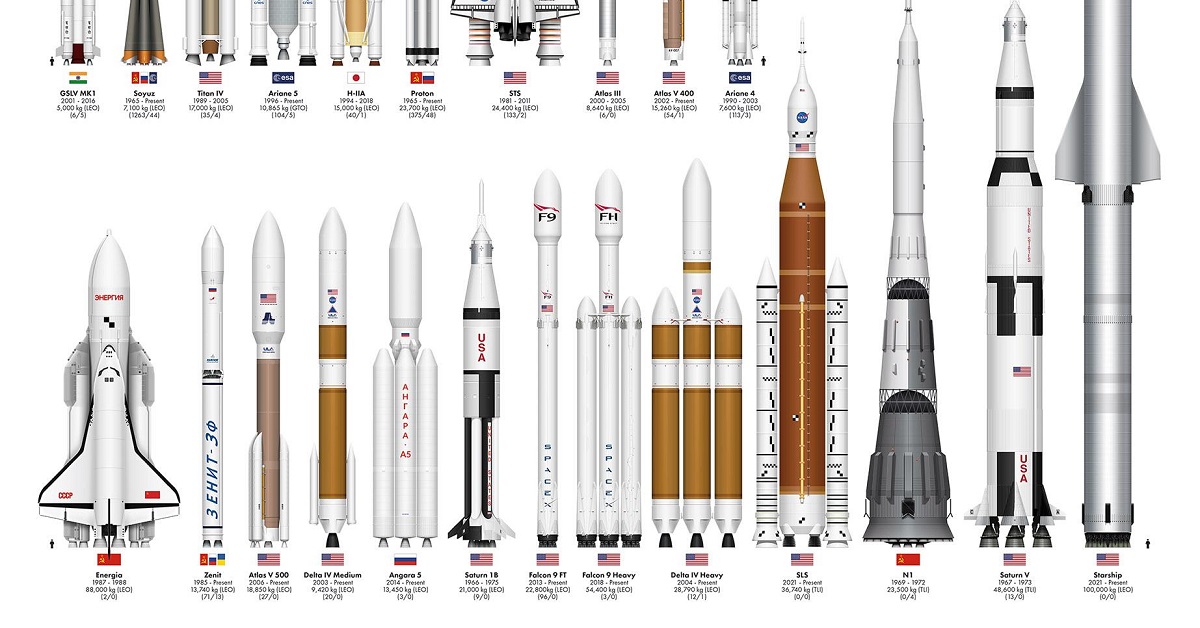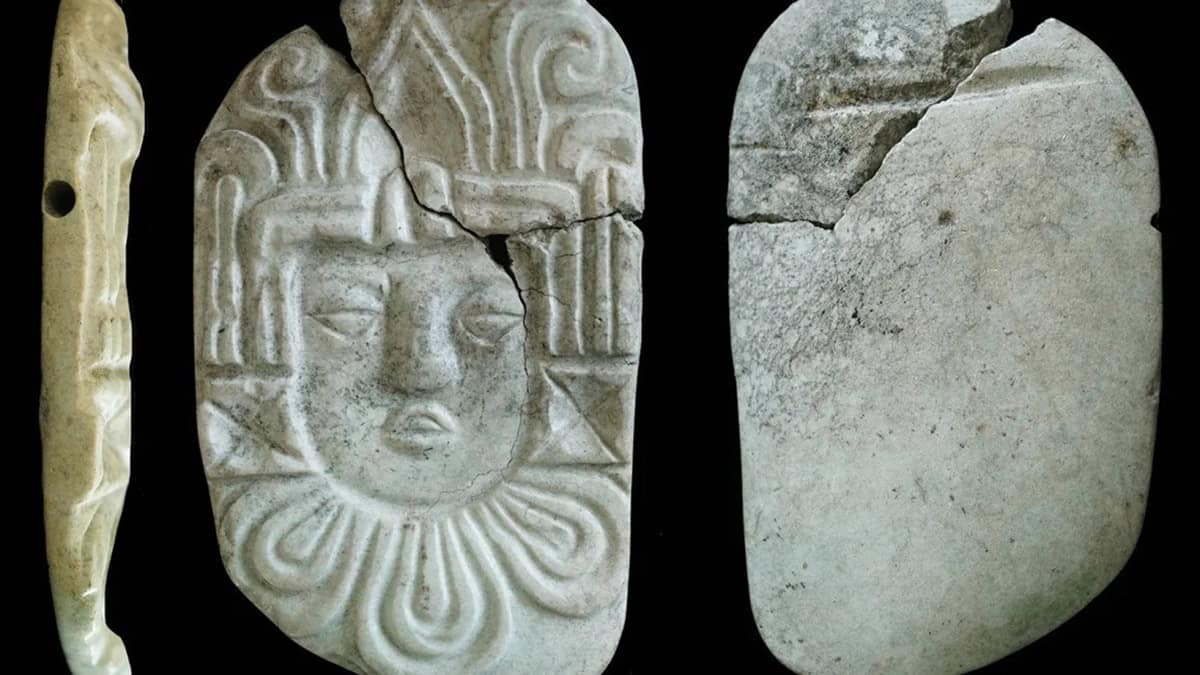
Rocket mail - Wikipedia
Rocket mail is the delivery of mail by rocket or missile. The rocket lands by deploying an internal parachute upon arrival. It has been attempted by various organizations in many different countries, with varying levels of success. It has never become widely seen as being a viable option for delivering mail, due to the cost of the schemes and numerous failures.
The collection of philatelic material ("stamps") used for (and depicting) rocket mail is part of a specialist branch of aerophilately known as astrophilately.
German author Heinrich von Kleist was the first to suggest using rockets to deliver mail.[1] While editor of the Berliner Abendblätter, he wrote an article published on 12 October 1810 which proposed using fixed artillery batteries to fire shells filled with letters to predetermined landing locations of soft ground. Kleist calculated that a network of batteries could transmit a letter from Berlin to Breslau, 290 kilometres (180 miles) away, in half a day. Later in the 19th century, Congreve rockets were used to deliver mail in Tonga, but the missiles were unreliable. Hermann Oberth suggested using rockets for mail in a 1927 letter, and he lectured on the topic at a meeting of the Deutsche Gesellschaft für Luft- und Raumfahrt in June 1928. The lecture caused many experimentalists to expect the use of rockets for mail as inevitable, and by 1929 Jacob Gould Schurman, the United States ambassador to Germany, discussed the legalities of transatlantic rocket mail with a German reporter.[2]
Friedrich Schmiedl launched the first rocket mail (V-7, Experimental Rocket 7) with 102 pieces of mail between the Austrian towns of Schöckl and St. Radegund.[3] Several other launches by Schmiedl occurred through 1932, and similar experiments occurred in several other countries, usually subsidized by philatelists.[2]


















.png)

